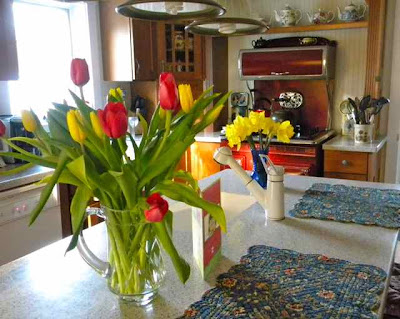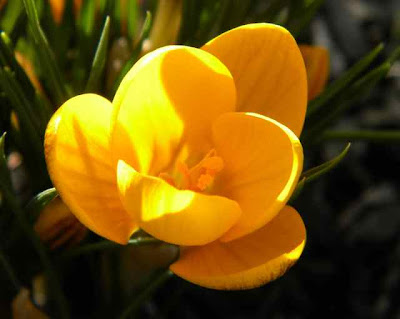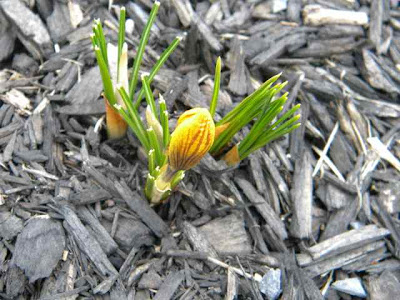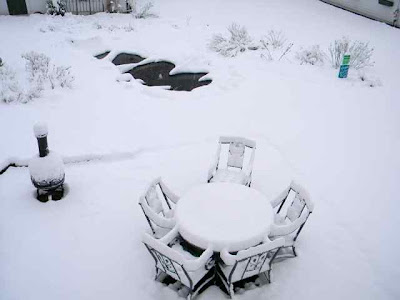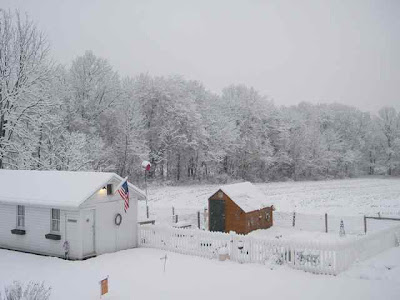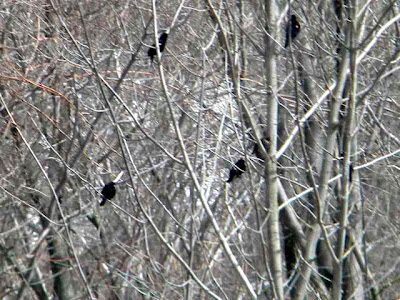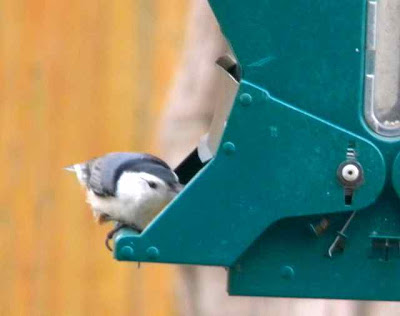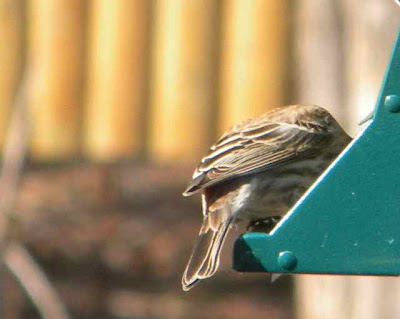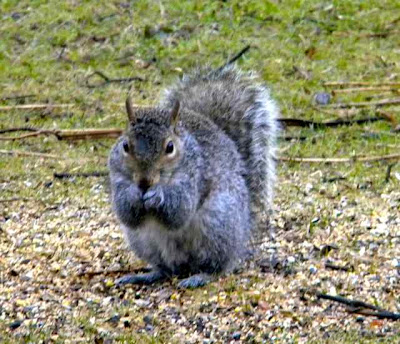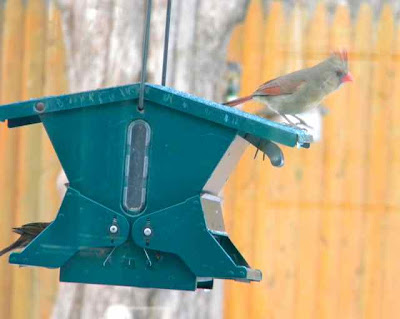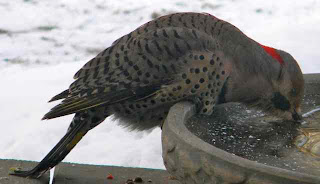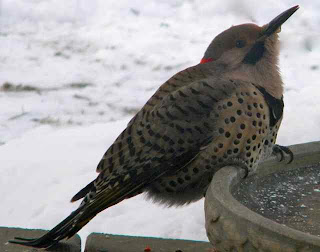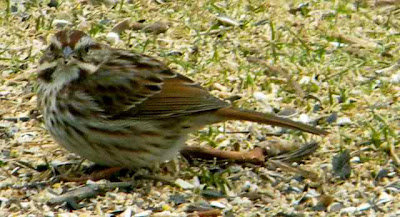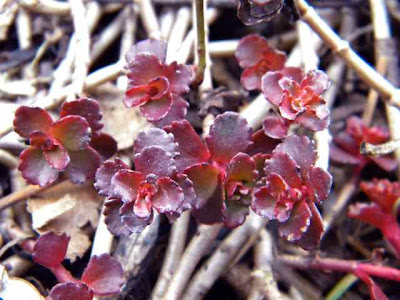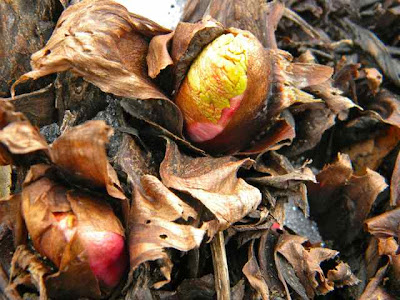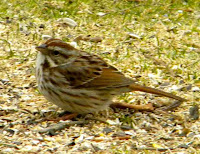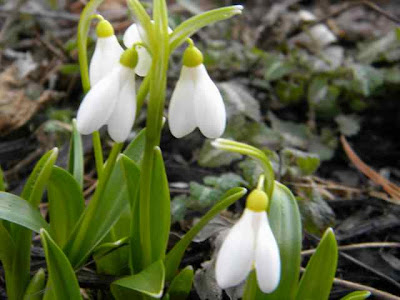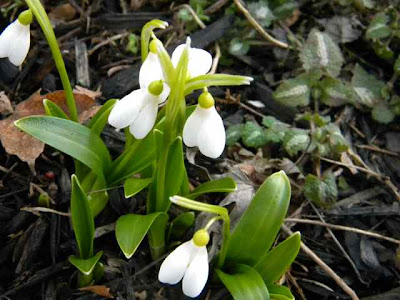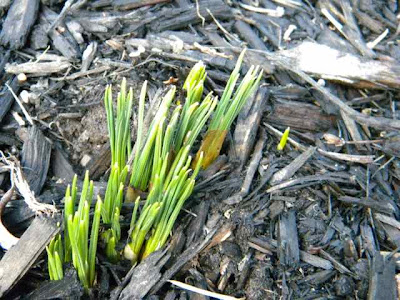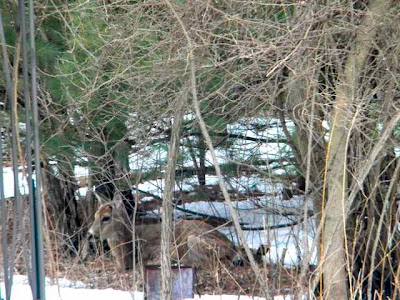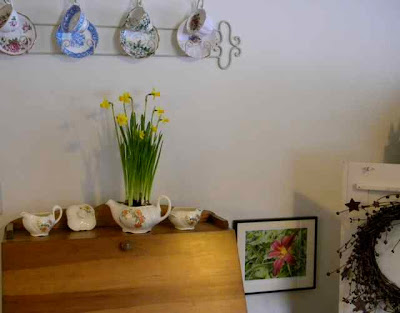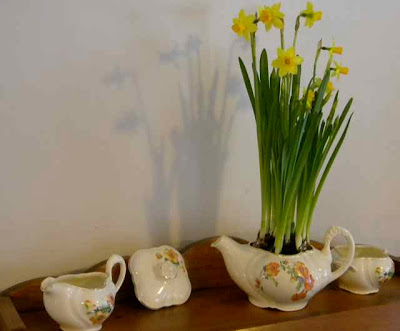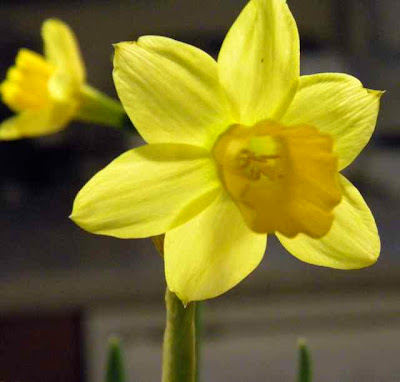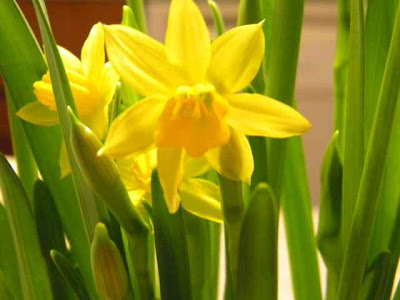 |
| This posting is illustrated with photographs from my 2010 kitchen garden |
Barbara Kingsolver, her husband and two children moved from Arizona to a Virginia farm in the Appalachian mountains near her childhood home. They vowed to buy food grown locally, grow it themselves, or do without ...
"This is the story of a year in which we made every attempt to feed ourselves animals and vegetables whose provenance we really knew ... and of how our family was changed by our first year of deliberately eating food produced from the same place where we worked, went to school, loved our neighbors, drank the water, and breathed the air." Barbara KingsolverBefore World War II, most of us ate seasonal, local foods all year round. In winter, we ate the foods we had preserved. Now, we buy our foods at the supermarket, and we are accustomed to purchasing produce out of season. By the time foods arrive on the supermarket shelves, therefore, we have used an enormous amount of fossil fuels -- in growing, transporting, refrigerating, milling, and processing. We take for granted that no community sustains itself locally any more.
This easy-to-read book is a family project with contributions by Kingsolver's husband and their college-student daughter. Their third-grader, while not contributing to the book, takes full part in the project by selling eggs and poultry.
The book, written with great humor, is not a "how-to", it is not preachy, but it inspires me to be more mindful of my carbon footprint by eating locally grown foods that are in season, and by supporting local farmers. I am planning my vegetable garden with a different goal this year. H.H. is researching what our local farmers and butchers grow and supply, and we plan on visiting the local farmers' markets regularly this summer. I am hoping to increase the amount of produce I preserve for winter consumption. While I know we will not reach Kingsolver's level of sustainability, I am encouraged by her husband's comment,
"If every U.S. citizen ate just one meal a week (any meal) composed of locally and organically raised meats and produce, we would reduce our country's oil consumption by over 1.1 million barrels of oil every week. That's not gallons, but barrels. Small changes in buying habits can make big differences. Becoming a less energy-dependent nation may just need to start with a good breakfast. Steven L. HoppThis family are wonderful gardeners, farmers, and cooks, and I learned a lot. (Who knew how butterball turkeys reproduce?) There are some great recipes at the end of each chapter. I could say much, much more about this book; I don't feel I am doing it justice here, but maybe some of you will be encouraged to read it for yourselves. See below for your chance to win a copy.
This posting is my entry for the 2nd Annual Gardeners' Sustainable Living Project, hosted by Jan at Thanks For Today in honor of Earth Day, April 22, 2011. **Leave a comment on Jan's sustainable living blog here for a chance to win this book -- I am happy to donate a copy.** Also, you can click on the icon in my sidebar for more information.
It was fun looking back at last years veggie garden pictures ... I am looking forward to starting my new garden soon. Thanks again for all your good wishes. I continue to heal and will be ready to start planting -- if ever this snow goes away. There is a monster storm forecast for tonight.
Love,
Pamela x
~~ I love reading your comments. I hope you leave one so I’ll know you visited!
I look forward to visiting your blog in return.









